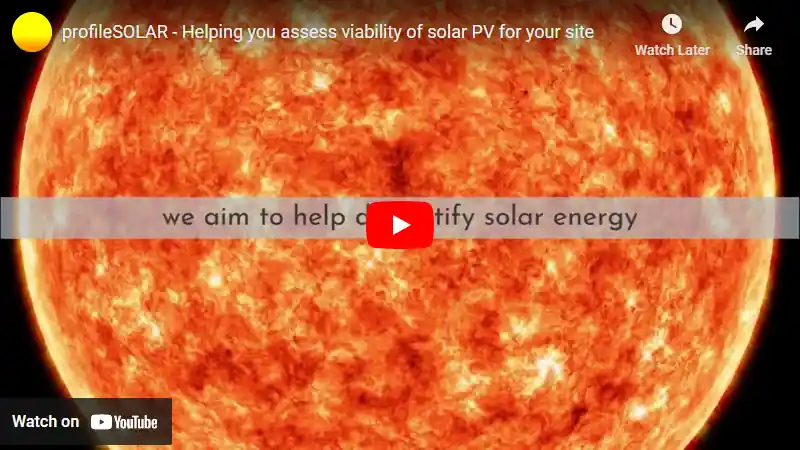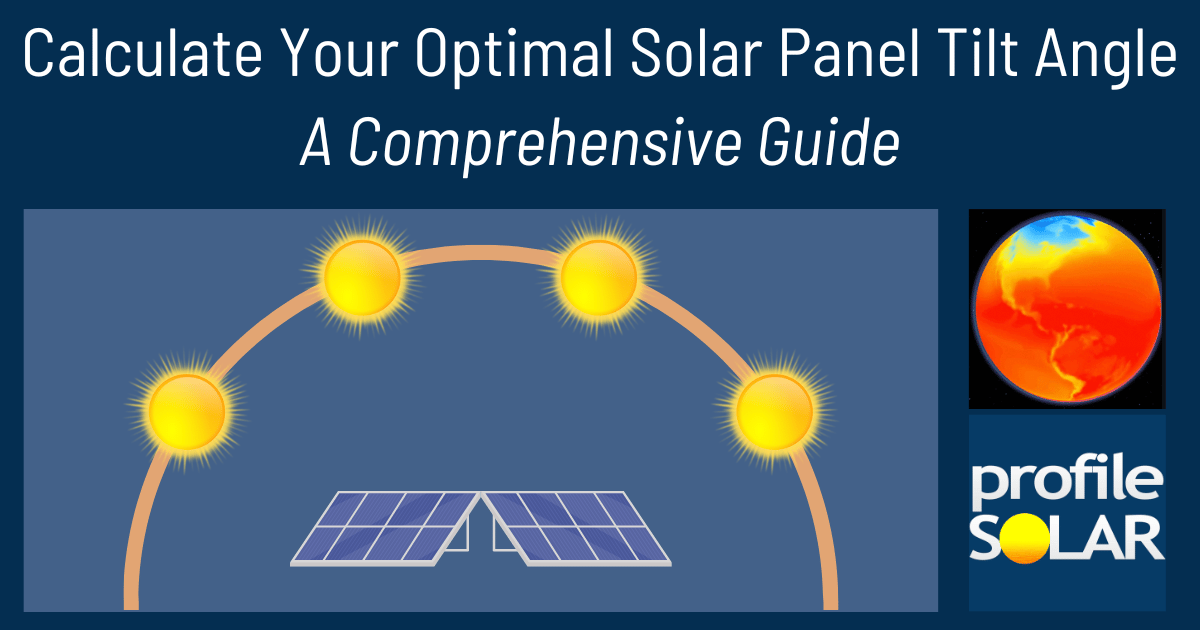

Cleckheaton, England, United Kingdom, located in the Northern Temperate Zone, presents a mixed picture for solar PV energy generation throughout the year. The location's seasonal variations in solar output highlight both opportunities and challenges for solar energy production.
Seasonal Solar Performance
Summer stands out as the most productive season, with an impressive daily output of 5.09kWh per kW of installed solar capacity. Spring follows closely behind, generating 4.27kWh/day. These seasons offer the best conditions for solar energy production, with longer daylight hours and generally clearer skies.
However, the picture changes dramatically during the colder months. Autumn sees a significant drop in production to 2.08kWh/day, while winter performance plummets to a mere 0.96kWh/day. This stark contrast underscores the challenges of relying solely on solar power in this location year-round.
Optimizing Solar Panel Installation
To maximize year-round solar energy production in Cleckheaton, England, fixed solar panels should be tilted at a 46-degree angle facing south. This optimal angle helps capture the most sunlight throughout the year, balancing the low winter sun with the higher summer sun path.
Environmental and Weather Considerations
Several factors can impact solar production in Cleckheaton: 1. Cloud cover: The UK is known for its cloudy weather, which can significantly reduce solar output. 2. Rainfall: Frequent rain can dirty panels, decreasing their efficiency. To mitigate these issues, consider: - Installing self-cleaning panels or implementing a regular cleaning schedule - Using high-efficiency panels that perform better in low-light conditions - Incorporating a battery storage system to balance out production fluctuations
Conclusion
While Cleckheaton's location isn't ideal for year-round solar production, it still offers significant potential, especially during spring and summer. With proper panel placement and maintenance, solar PV can be a valuable part of the local energy mix, particularly when combined with other renewable sources to compensate for the lower winter output.
Note: The Northern Temperate Zone extends from 35° latitude North up to 66.5° latitude.
So far, we have conducted calculations to evaluate the solar photovoltaic (PV) potential in 764 locations across United Kingdom. This analysis provides insights into each city/location's potential for harnessing solar energy through PV installations.
Link: Solar PV potential in United Kingdom by location
Solar output per kW of installed solar PV by season in Cleckheaton
Seasonal solar PV output for Latitude: 53.7263, Longitude: -1.7065 (Cleckheaton, United Kingdom), based on our analysis of 8760 hourly intervals of solar and meteorological data (one whole year) retrieved for that set of coordinates/location from NASA POWER (The Prediction of Worldwide Energy Resources) API:




Ideally tilt fixed solar panels 46° South in Cleckheaton, United Kingdom
To maximize your solar PV system's energy output in Cleckheaton, United Kingdom (Lat/Long 53.7263, -1.7065) throughout the year, you should tilt your panels at an angle of 46° South for fixed panel installations.
As the Earth revolves around the Sun each year, the maximum angle of elevation of the Sun varies by +/- 23.45 degrees from its equinox elevation angle for a particular latitude. Finding the exact optimal angle to maximise solar PV production throughout the year can be challenging, but with careful consideration of historical solar energy and meteorological data for a certain location, it can be done precisely.
We use our own calculation, which incorporates NASA solar and meteorological data for the exact Lat/Long coordinates, to determine the ideal tilt angle of a solar panel that will yield maximum annual solar output. We calculate the optimal angle for each day of the year, taking into account its contribution to the yearly total PV potential at that specific location.

Seasonally adjusted solar panel tilt angles for Cleckheaton, United Kingdom
If you can adjust the tilt angle of your solar PV panels, please refer to the seasonal tilt angles below for optimal solar energy production in Cleckheaton, United Kingdom. As mentioned earlier, for fixed-panel solar PV installations, it is optimal to maintain a 46° South tilt angle throughout the year.
| Overall Best Summer Angle | Overall Best Autumn Angle | Overall Best Winter Angle | Overall Best Spring Angle |
|---|---|---|---|
| 37° South in Summer | 57° South in Autumn | 67° South in Winter | 46° South in Spring |
Our recommendations take into account more than just latitude and Earth's position in its elliptical orbit around the Sun. We also incorporate historical solar and meteorological data from NASA's Prediction of Worldwide Energy Resources (POWER) API to assign a weight to each ideal angle for each day based on its historical contribution to overall solar PV potential during a specific season.
This approach allows us to provide much more accurate recommendations than relying solely on latitude, as it considers unique weather conditions in different locations sharing the same latitude worldwide.
Calculate solar panel row spacing in Cleckheaton, United Kingdom
We've added a feature to calculate minimum solar panel row spacing by location. Enter your panel size and orientation below to get the minimum spacing in Cleckheaton, United Kingdom.
Our calculation method
- Solar Position:
We determine the Sun's position on the Winter solstice using the location's latitude and solar declination. - Shadow Projection:
We calculate the shadow length cast by panels using trigonometry, considering panel tilt and the Sun's elevation angle. - Minimum Spacing:
We add the shadow length to the horizontal space occupied by tilted panels.
This approach ensures maximum space efficiency while avoiding shading during critical times, as the Winter solstice represents the worst-case scenario for shadow length.
Topography for solar PV around Cleckheaton, United Kingdom
The area around Cleckheaton, located in West Yorkshire, England, is characterized by gently rolling hills and valleys typical of the Pennine foothills. The landscape is a mix of urban development, farmland, and scattered woodlands. Cleckheaton itself sits in a shallow valley, with the terrain gradually rising to the west and north.
To the east of Cleckheaton, the land becomes flatter as it approaches the broader valley of the River Calder. This area, known as the Spen Valley, features a combination of residential areas, industrial sites, and open fields. The terrain here is generally lower in elevation compared to the western parts of the region.
To the west and northwest, the landscape becomes more undulating, with a series of small hills and ridges. This area is part of the eastern edge of the Pennines, a range of hills and mountains that runs through northern England. While not particularly high, these hills provide some variation in the topography, with occasional steep slopes and narrow valleys.
Regarding areas suitable for large-scale solar PV (photovoltaic) installations, the most promising locations would likely be found in the flatter, more open areas to the east and southeast of Cleckheaton. These areas offer several advantages for solar energy production:
- The relatively flat terrain makes construction and maintenance easier.
- There are larger, uninterrupted spaces that could accommodate extensive solar arrays.
- The lower elevation and less hilly landscape mean fewer issues with shading from nearby topographical features.
Specific areas that might be suitable include the agricultural lands between Cleckheaton and neighboring towns like Dewsbury or Batley. These locations often have expansive fields that could potentially be repurposed for solar energy production. However, it's important to note that any large-scale solar project would need to carefully consider factors such as local planning regulations, environmental impact, and the agricultural value of the land.
The hillier areas to the west, while potentially offering good exposure to sunlight, might be less suitable due to the increased complexity and cost of installation on uneven terrain. Additionally, these areas often have higher scenic and recreational value, which could make obtaining planning permission more challenging.
Ultimately, detailed site surveys and environmental assessments would be necessary to determine the most appropriate locations for large-scale solar PV installations in the vicinity of Cleckheaton.
United Kingdom solar PV Stats as a country
United Kingdom ranks 14th in the world for cumulative solar PV capacity, with 13,689 total MW's of solar PV installed. This means that 4.00% of United Kingdom's total energy as a country comes from solar PV (that's 20th in the world). Each year United Kingdom is generating 203 Watts from solar PV per capita (United Kingdom ranks 25th in the world for solar PV Watts generated per capita). [source]
Are there incentives for businesses to install solar in United Kingdom?
Yes, there are several incentives for businesses wanting to install solar energy in the United Kingdom. The UK government offers a Feed-in Tariff (FiT) scheme which pays businesses for every unit of electricity they generate from their solar panels. Additionally, businesses may be eligible for tax reliefs such as Enhanced Capital Allowances and Renewable Heat Incentives. Finally, some local authorities offer grants or other financial support to help businesses with the cost of installing solar energy systems.
Do you have more up to date information than this on incentives towards solar PV projects in United Kingdom? Please reach out to us and help us keep this information current. Thanks!
Citation Guide
Article Details for Citation
Author: Aaron Robinson
Publisher: profileSOLAR.com
First Published: Saturday 5th of October 2024
Last Updated: Saturday 5th of October 2024
Tell Us About Your Work
We love seeing how our research helps others! If you've cited this article in your work, we'd be delighted to hear about it. Drop us a line via our Contact Us page or on X, to share where you've used our information - we may feature a link to your work on our site. This helps create a network of valuable resources for others in the solar energy community and helps us understand how our research is contributing to the field. Plus, we occasionally highlight exceptional works that reference our research on our social media channels.
Feeling generous?

Share this with your friends!


Compare this location to others worldwide for solar PV potential
The solar PV analyses available on our website, including this one, are offered as a free service to the global community. Our aim is to provide education and aid informed decision-making regarding solar PV installations.
However, please note that these analyses are general guidance and may not meet specific project requirements. For in-depth, tailored forecasts and analysis crucial for feasibility studies or when pursuing maximum ROI from your solar projects, feel free to contact us; we offer comprehensive consulting services expressly for this purpose.
Helping you assess viability of solar PV for your site
Calculate Your Optimal Solar Panel Tilt Angle: A Comprehensive Guide
Enhance your solar panel's performance with our in-depth guide. Determine the best tilt angle using hard data, debunk common misunderstandings, and gain insight into how your specific location affects solar energy production.







